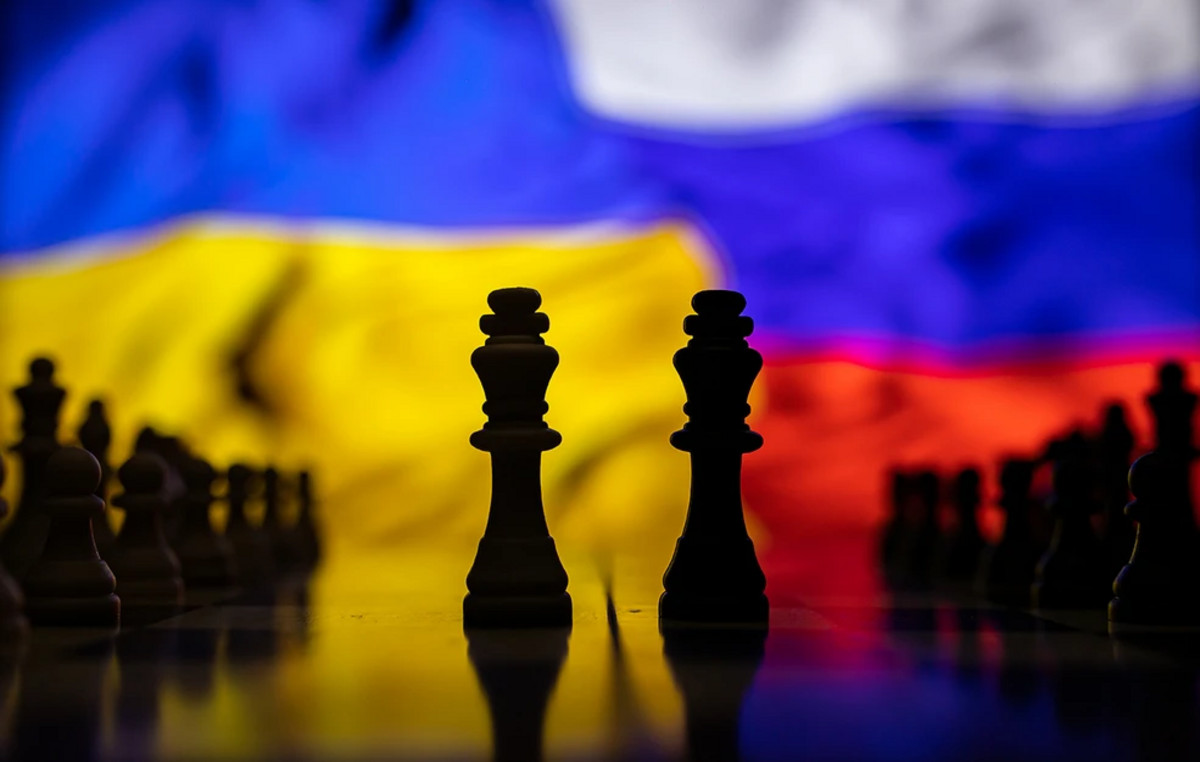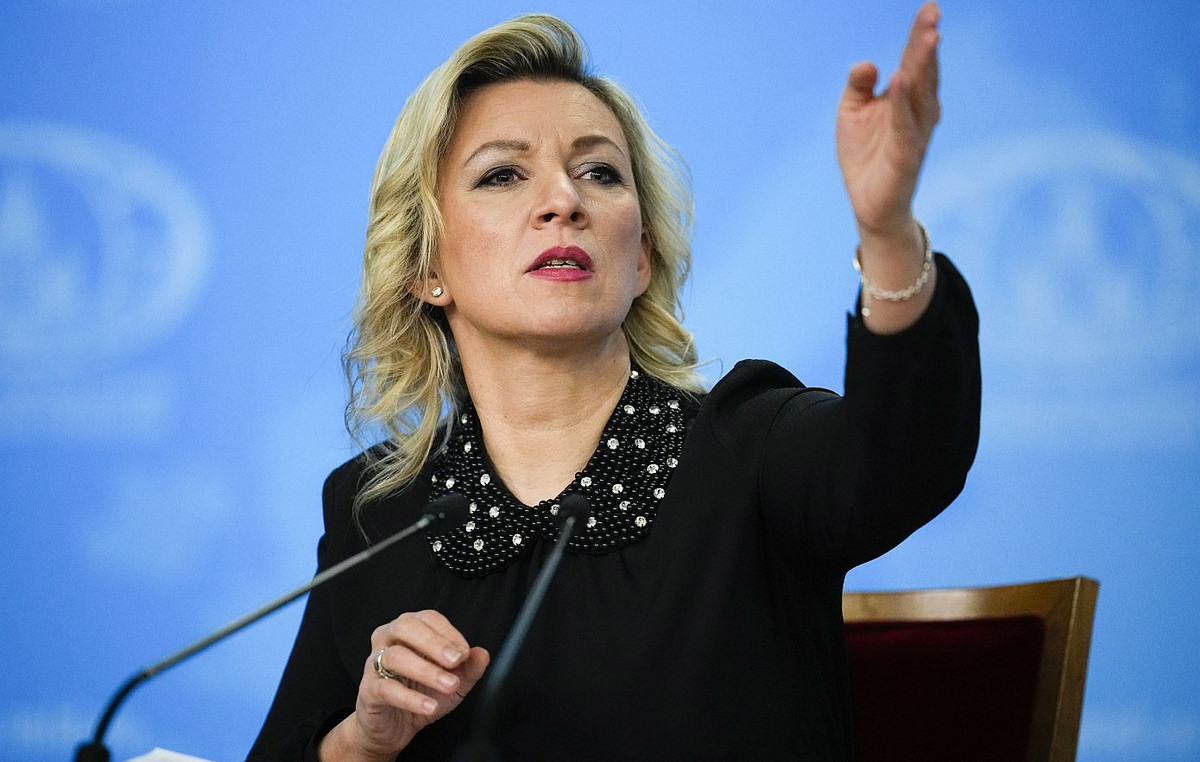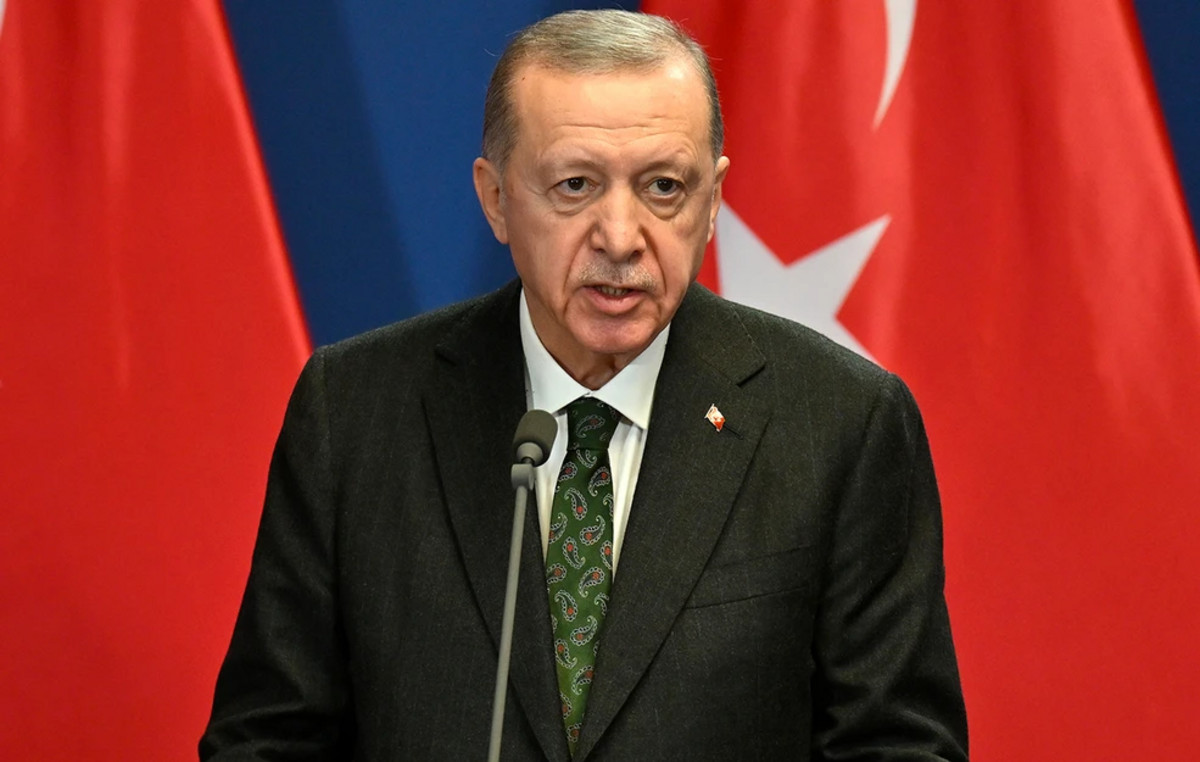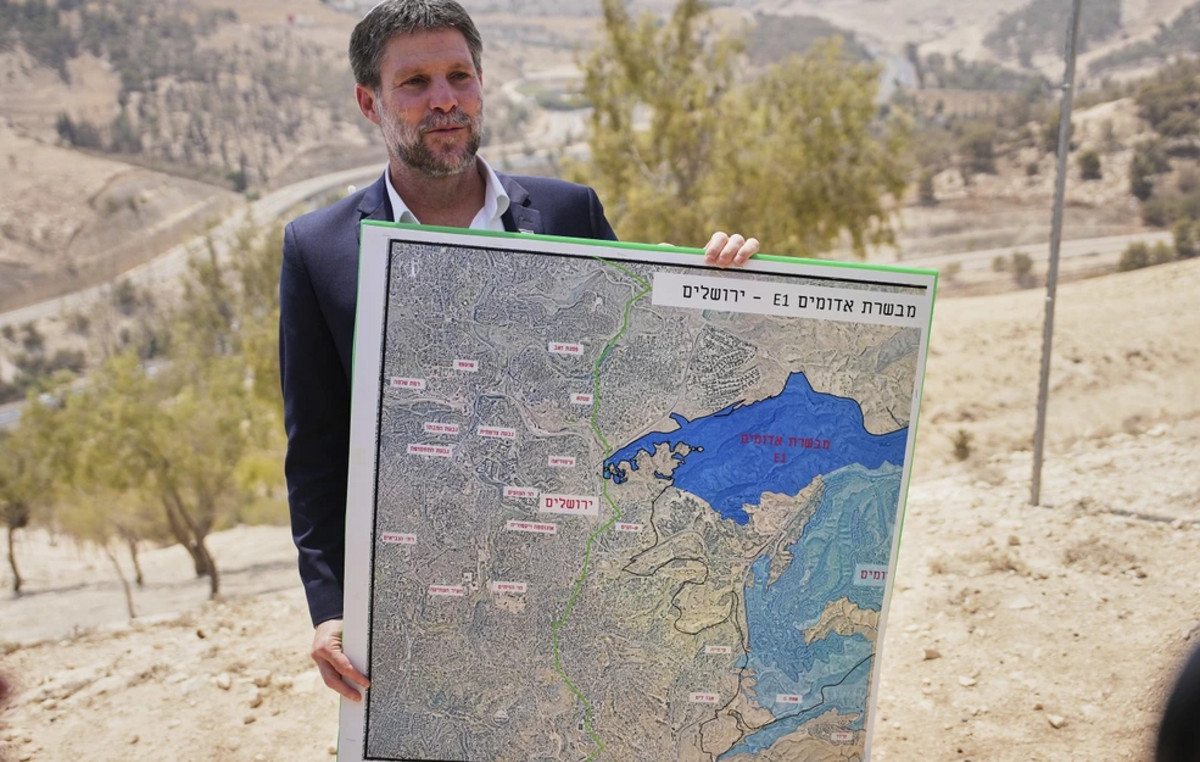A sphere of only 24 millimeters in diameter and weighing 7 and a half grams. One of Organs most precious organs for the survival of human beings throughout history and for social life. It is from the eyes that a person establishes about 90% of contact with the outside world.
O CNN Vital Signs this week shows the resources of medicine to bring back the vision of patients with different clinical conditions.
The rerun of the program presented by cardiologist Roberto Kalil, will air on Wednesday (2), at 10:30 pm, right after the CNN newspaperin the prime range of CNN Brazil.
The episode presents the main causes of reversible blindness and the ways for patients to regain their sight. The lack of glasses along with cataracts are the main conditions that make it impossible for people to see properly.
According to the Brazilian Council of Ophthalmology, the two problems, easily treated, are responsible for 74.8% of all cases of visual impairment in the country. “It is unbelievable that there are people in Brazil who cannot see for lack of glasses. We are living in a time of great advancement in technology, and people do not have access to something so basic”, says Kalil.
Access to ophthalmology is still restricted in the country because the specialty is not part of the primary care of the Unified Health System (SUS). The program followed some cutting-edge services that serve the SUS and that manage to restore vision to patients.
“Today, with the help of a cell phone and a nursing technician, we can take a photograph of the back of the eye of the patient who is on the periphery. The image is sent here and analyzed by a doctor. We have already carried out 80,000 exams of this type through the SUS. Then, only those whose image indicated alterations need to come for consultation”, says Rubens Belfort Junior (see interview in the video above), president of the Instituto da Visão, linked to the Federal University of São Paulo (Unifesp).
the return of vision
In the episode, the team follows a cataract surgery and the exact moment a young woman sees again after a corneal transplant. The program also shows one of the largest eye banks in the world, located in Sorocaba, in the interior of São Paulo.
“Often, SUS patients with corneal problems are waiting for a referral, but they don’t need to. You can register on our website and you will have an initial telemedicine service. Confirming that she is a person who really needs a transplant, she quickly enters the waiting list”, explains Edil Vidal De Souza, superintendent of the Banco de Olhos de Sorocaba.
For Remo Susanna Junior, professor of Ophthalmology at the USP School of Medicine, in addition to recovering his sight, the great challenge of his profession is to prevent people from going blind. “Helping someone to see again is very gratifying. But preventing that from happening is even more so. We already know that more than 90% of cases of blindness are preventable, as long as people have access to specialist and treatment,” he says.
Source: CNN Brasil







